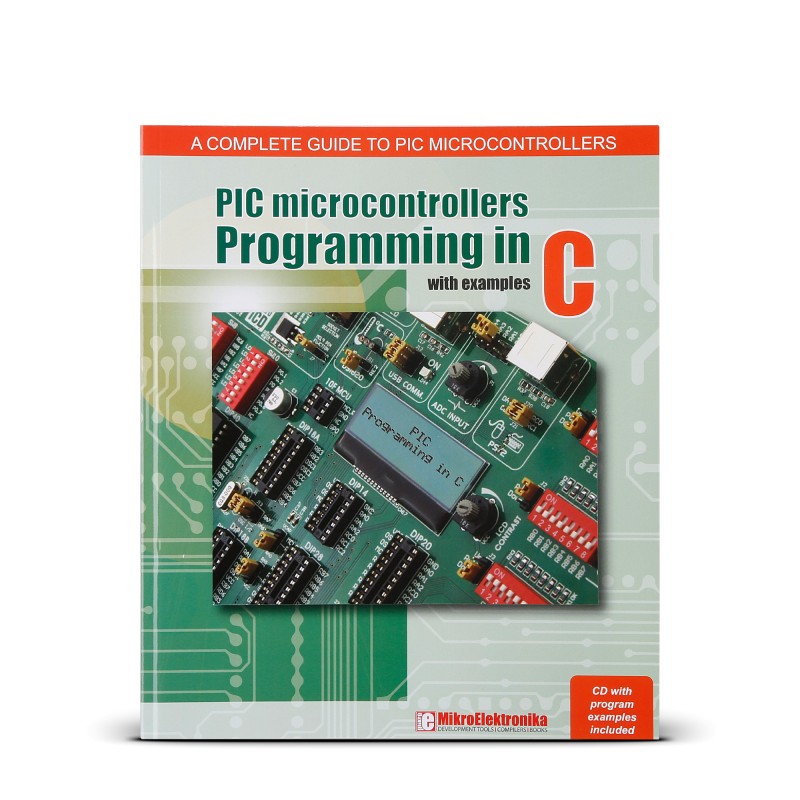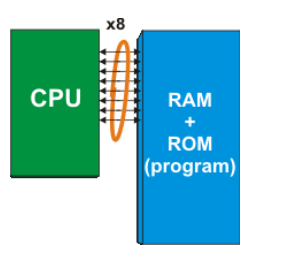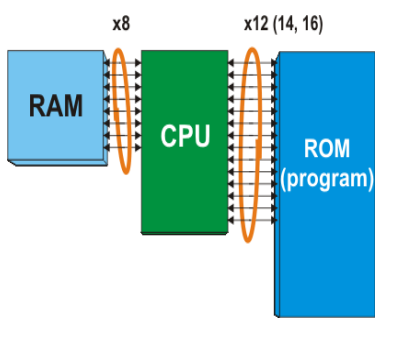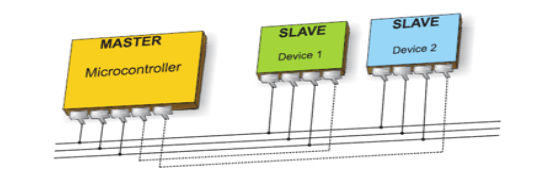Microcontrollers Architecture
Summary
The first chapter introduces the concept of microcontrollers, their evolution, and their significance in modern electronics. It explains how microcontrollers differ from microprocessors by integrating essential peripherals like memory, input/output ports, and timers into a single chip. The chapter also discusses different number systems (binary, decimal, and hexadecimal) used in microcontrollers, logic gates, registers, and essential microcontroller architecture concepts. It provides a basic understanding of PIC microcontrollers and how they fit into embedded system design.
The group assignment Page :
Work Process Detail
- Introduction to Microcontrollers
- Microcontrollers integrate processors and peripherals into a single chip, making them more efficient than microprocessors, which require external components.
- The chapter emphasizes how microcontrollers revolutionized automation, reducing circuit complexity.
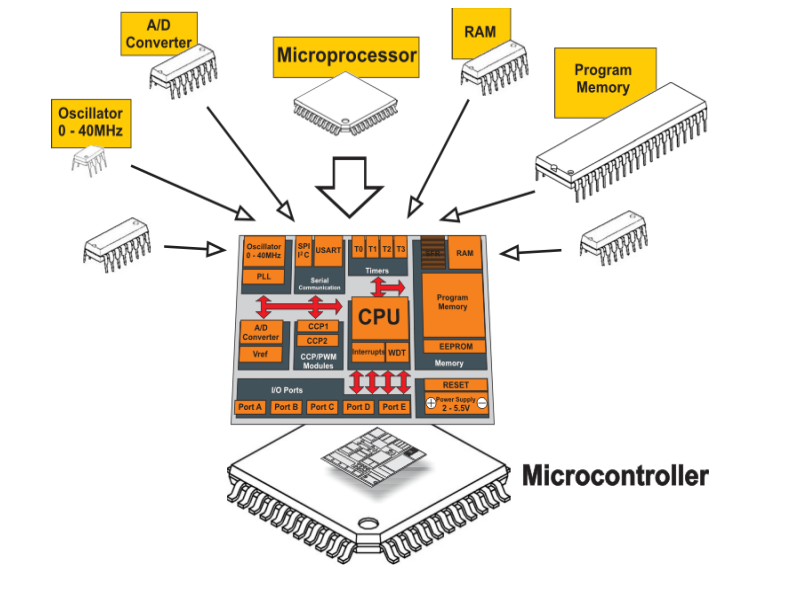
- Understanding Number Systems
- The importance of different number systems used in microcontrollers:
- Decimal (Base-10): The system we commonly use.
- Binary (Base-2): Used in digital electronics, consisting of only 0s and 1s.
- Hexadecimal (Base-16): Commonly used in microcontrollers to simplify binary representations.
- BCD (Binary-Coded Decimal): A system where each decimal digit is represented by its binary equivalent.
- The chapter explains how to convert between these number systems.
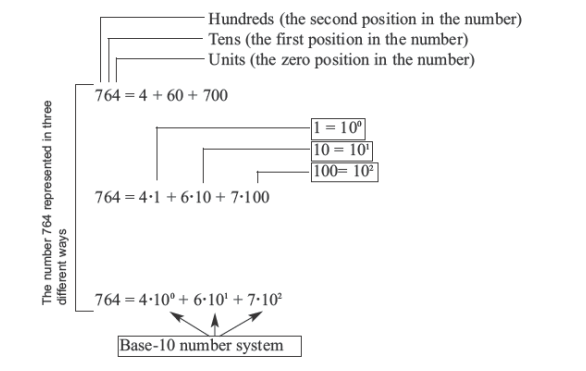
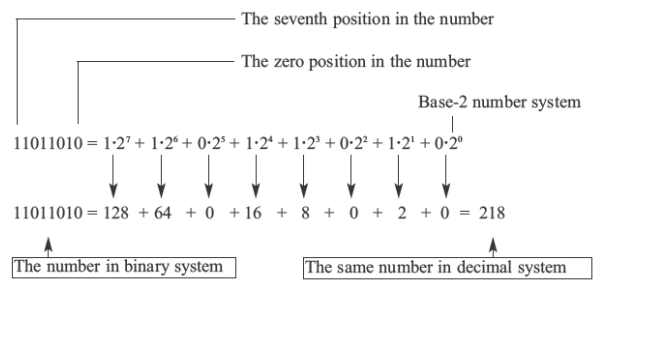

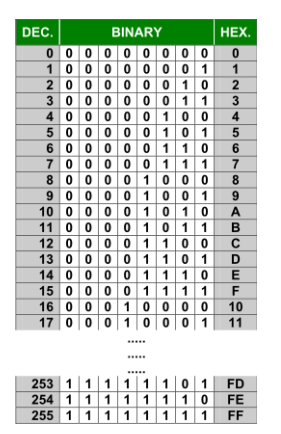
- The importance of different number systems used in microcontrollers:
- Logic Gates & Boolean Algebra
- The fundamental logic operations microcontrollers use, including:
- AND Gate: Outputs 1 only when both inputs are 1.
- OR Gate: Outputs 1 if at least one input is 1.
- NOT Gate: Inverts the input (1 becomes 0, and vice versa).
- XOR Gate: Outputs 1 only when inputs are different.
- These gates form the foundation of digital logic circuits.
- The fundamental logic operations microcontrollers use, including:
- Registers and Memory
- Registers are storage locations inside the microcontroller, divided into:
- SFR (Special Function Registers): Control internal peripherals.
- General Purpose Registers: Used for data manipulation.
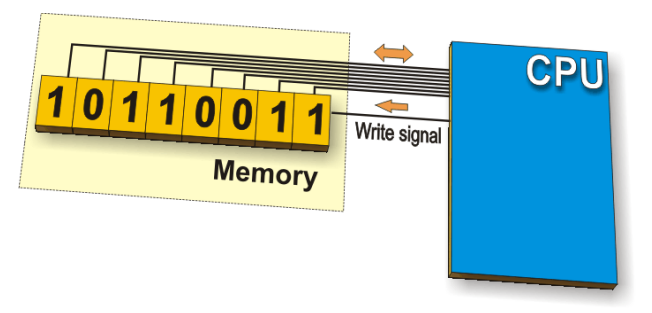
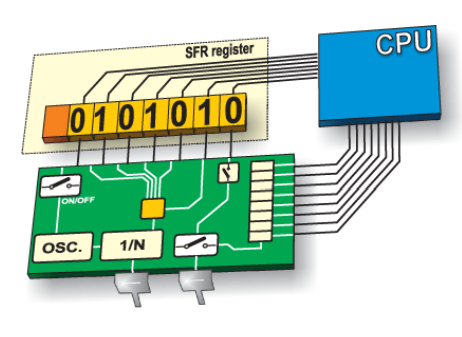
- Types of memory:
- ROM (Read-Only Memory): Stores the program.
- RAM (Random Access Memory): Temporarily stores data.
- EEPROM (Electrically Erasable Programmable Read-Only Memory): Stores non-volatile data.
- Registers are storage locations inside the microcontroller, divided into:
- Microcontroller Architecture
- Two main types of architectures:
- Most PIC microcontrollers use Harvard architecture for faster execution.
- Peripheral Interfaces
- Input/Output Ports (I/O): Allow interaction with external components like LEDs, sensors, and motors.
- Timers & Counters
- Microcontrollers use timers to measure time intervals and generate precise delays.
- Counters are used to count external events, such as the number of pulses from a sensor.
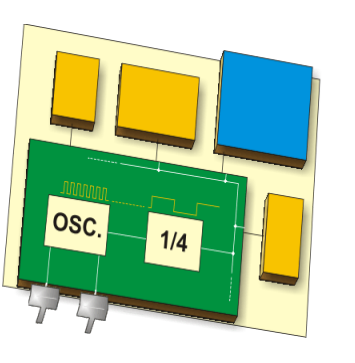
- Interrupts & Power Management
- Interrupts allow microcontrollers to respond to external or internal events immediately.
- Power-saving techniques, such as sleep mode and watchdog timers, extend battery life.
Learning Outcome
Through this chapter, we have gained a strong foundational understanding of microcontrollers, their architecture, and their role in embedded systems. we learned about different number systems, how logic gates work in digital circuits, and the significance of memory types in microcontroller operation. Understanding PIC microcontrollers helped me recognize how they integrate various functionalities into a single chip, making them efficient for automation. Additionally, I now grasp the importance of interrupts, timers, and serial communication protocols, which are essential for real-world applications. This knowledge will serve as a foundation for programming and working with embedded systems in the future.

